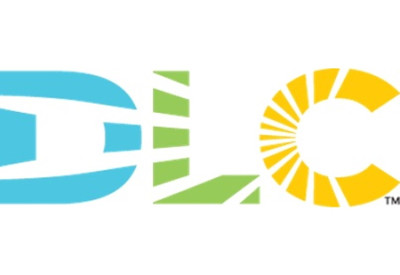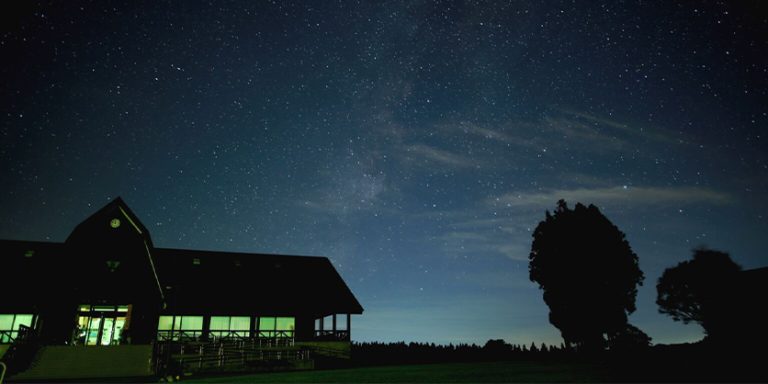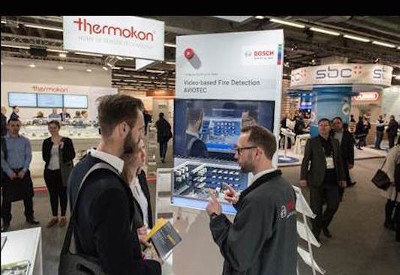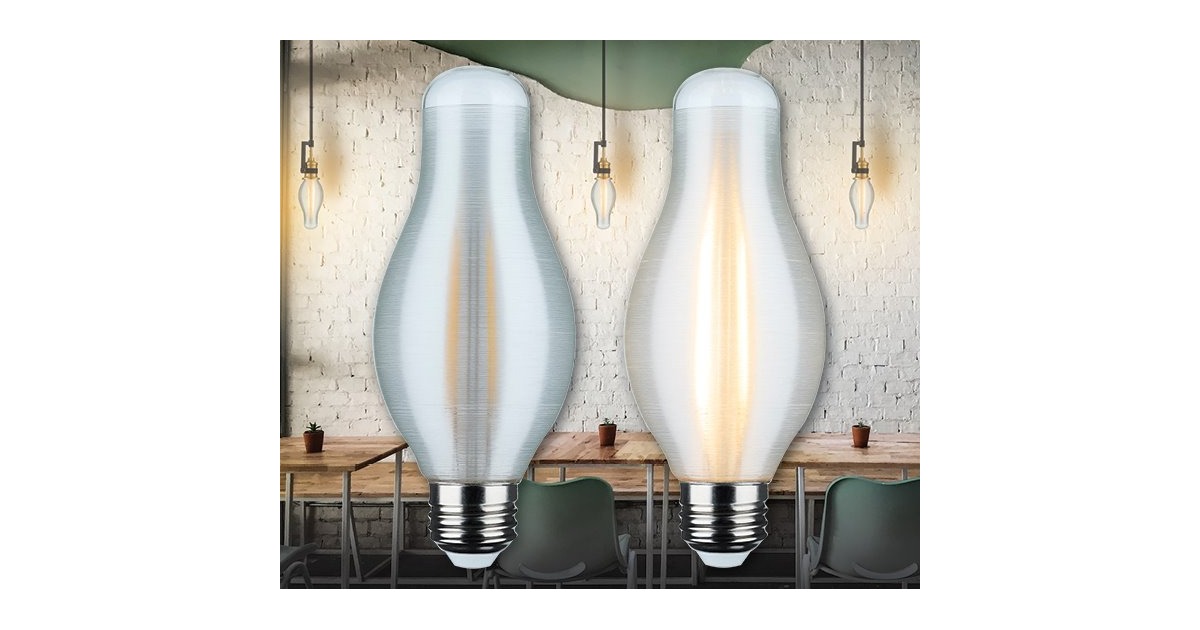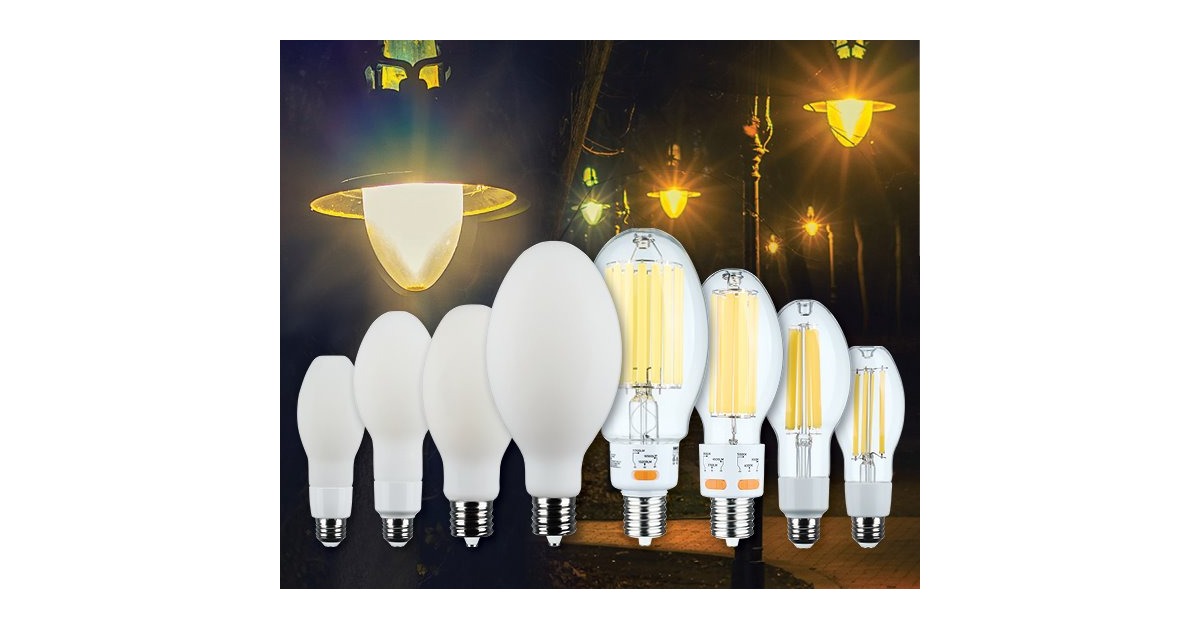Eaton’s LumaWatt Wireless Lighting Control System
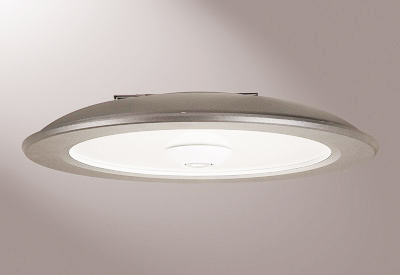
Eaton’s Cooper Lighting Division has introduced its LumaWatt Outdoor Wireless Control and Monitoring System, which, the company says, minimizes power consumption and energy costs by providing lighting only where and when it’s needed. It’s specifically designed for area, roadway and parking garage/canopy applications.
Mark Eubanks, president, Eaton’s Cooper Lighting Division, said the system offers customer a simple, flexible and reliable lighting management and control. It uses multifunctional, factory installed sensors. “Lighting standards and codes provide guidance for the automation of lighting systems, but taking advantage of these can be complicated. Our LumaWatt system makes implementation easy by incorporating motion sensing, daylight control, power metering, event monitoring and performance reporting,” he explained.
The system can manage luminaire lighting levels according to pedestrian and traffic safety needs, and also allows products to reduce light levels during low usage hours or to harvest daylight. Lighting on demand can also be increased via occupancy sensors.
Eaton said that currently the system is integrated into the Lighting business’ McGraw-Edison Galleon and Navion area and roadway luminaires, as well as the Valet and TopTier parking garage/canopy luminaires.
The systems uses four control strategies to automate luminaire behaviour:
Scheduled ON/OFF: This basic automated ON/OFF event schedules lighting from dusk-to-dawn or dusk-to-curfew, such as after a business closes or a scheduled period.
Scheduled Dimming: A change in light level may be time scheduled, for example dimming fixtures 50 percent to maintain security lighting levels from a business closing until dawn.
Occupancy Detection: Motion sensing is used to monitor occupancy of a site or any period of time. Full lighting will be available upon occupancy, then reduced or turned off when vacancy is confirmed.
Daylight Harvesting: Photo sensing can take advantage of available daylight entering the space to save energy. The overall system can automatically adjust to maintain a balance of artificial and natural light for a constant light level throughout the space.
The system’s operation is monitored and reported for verification of its performance, and also detects and notifies in the case of luminaire failure. The system’s self-diagnostics assist in network troubleshooting, and the software itself allows users to create and manage performance data, accessible from any web-browser capable device, Eaton explained.
Installation costs and commissioning time are reduced as the LumaWatt system eliminates the need for remote sensors, Eaton said. Its multi-functional sensors are factory-installed and tested in each luminaire so reliability, area coverage and location aren’t concerns. Energy codes, such as ASHRAE and Title 24, can be met with the LumaWatt system’s automation.
www.cooperlighting.com


